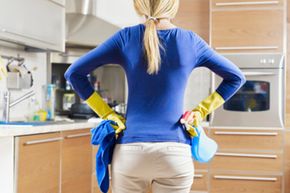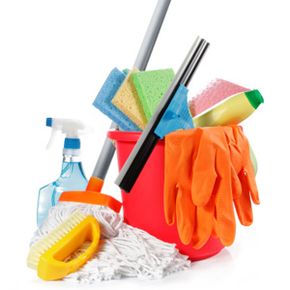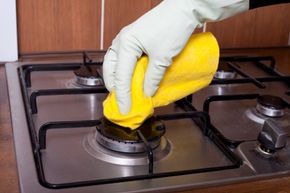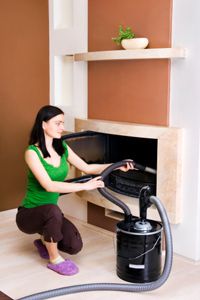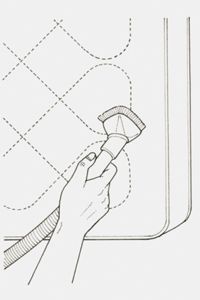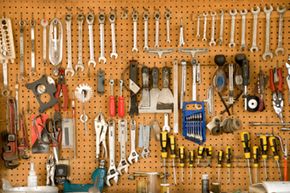When the spring cleaning talk starts up, I always feel a little guilty. I must confess that I've never had a true spring cleaning "plan." I really like the idea of having a big thorough house cleaning when warm weather rolls around, but I've never managed to actually do it myself, with a systematic plan. I do actually have a regular, written cleaning routine (don't worry, it's only been for the past few years), but the idea of adding anything onto it seems daunting. Yet I know that spring cleaning is a great excuse to clean things that I don't manage to get to any other time.
The good thing is that "spring cleaning" can really mean doing as much or as little cleaning as you want. Nobody's going to come to your house to check for dust or to see if your DVD collection is organized. You're the one who has to live there, so you should clean to your own standards. But also keep in mind that some spring cleaning tasks are designed to keep things running smoothly, so while it's not something you "have to" do, it can be about more than just enjoying a clean house.
Advertisement
Where to start? That's what this article is about: what you'll need to know before you get going and how to systematically go room-by-room. If you really want to get detailed, spread the cleaning out in small increments over a few weeks. Or if you want to just focus on the high-traffic or worst areas, you can get it done in a weekend. No matter how you choose to tackle it, you'll end up with a great sense of accomplishment.
